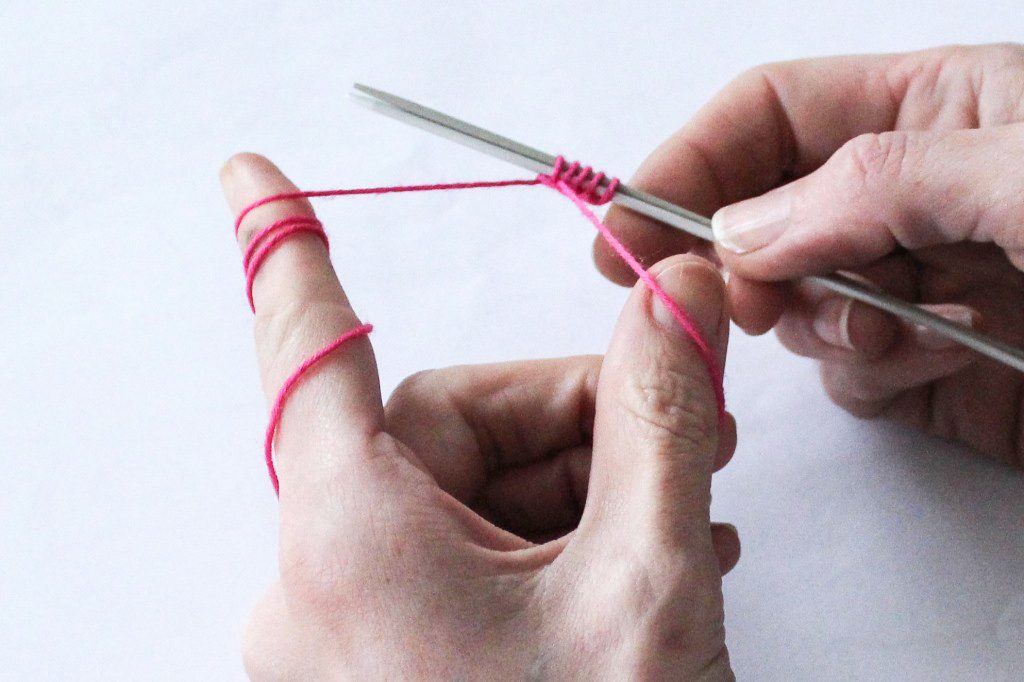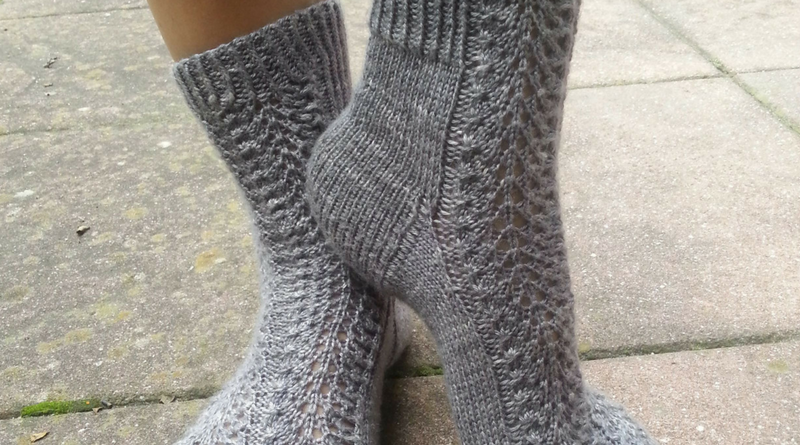Knitting Socks That Fit: Gusset & Instep Knitting
Are you a sock knitter dying to learn how to design your own knitted socks? If your answer is “Yes!”, these sock design tutorials are the one-stop resource for you. Today’s topic: gussets and instep knitting.
Sock Knitting for Everybody: Table of Contents
Instep Knitting: Choosing the Right Sock Heel
There’s quite a lot of different methods for knitting sock heels available. But is choosing the perfect heel for your socks only a matter of personal preference?
The answer is no: certain foot shapes require specific shaping. So which sock heel should be used for which foot shape for achieving a better overall fit?
Heel Shaping On The Big Side
Flap heels are shaped using gusset inserts and most suitable for feet having a bigger than usual circumference, chubby feet and feet with high insteps.
Instructions for flap heels can be found here: Knitting Flap Heels (cuff down), or use the article Knitting Flap Heels Toe-Up if you prefer to work in this direction.
Shaping Socks: Slim and Small Feet (But Not For Kids’ Socks)
Small and slim feet can be made happy with socks using short row heels, but using the Dutch Heel is even better and shows off best when worn by people with slim feet. The Dutch Heel is a flap heel variant shaped with decreases on the sole, creating a slim fit and elegant looking heel shape.
Instructions for working the Dutch Heel can be found here.
Fitting: Sock Heels and Adjustments For Kids
To make a long story short: when knitting socks for kids, use either flap heels or short row heels, and make sure your cuffs are as stretchy as possible.
Kids, especially smaller ones, tend to have chubby legs and feet. They need space to feel comfortable and heel variants that can be worked over a broad range of different stitch counts – flap and short row heels do the job best.
How To Make Really Stretchy Cuffs
Lots of people asked me for advice on how to make their sock cuffs stretchier. Some have problems with their bind off method resulting in tight cuffs, others have similar issues when casting on. Yes, there are solutions.
The Picot Bind Off Method
If your bind off method is resulting in cuffs being too tight, consider using a stretchier bind off, the picot bind off for instance. It works like a charm and is easy to knit: instead of your normal bind off method, repeat (CO 2 stitches with cable cast on, bind off 4 stitches using your usual method) until all stitches have been bound off. You can find detailed instructions in my article about knitting sock cuffs.
Stretchy Cast On: Use Double Needles When Casting On
The standard trick for a stretchier casting on is to use two needles instead of one during cast on.



Pingback: Sock Knitting For Everybody: Your Sock Knitting Master Class - knitting.today